What is the Safest Cookware Material for Health?
When choosing cookware for your home it is important to know the pros and cons of the various types of materials to help decide which is the healthiest option for you. This list includes the safest cookware brands and materials, plus which types of pots and pans to avoid for your kitchen.
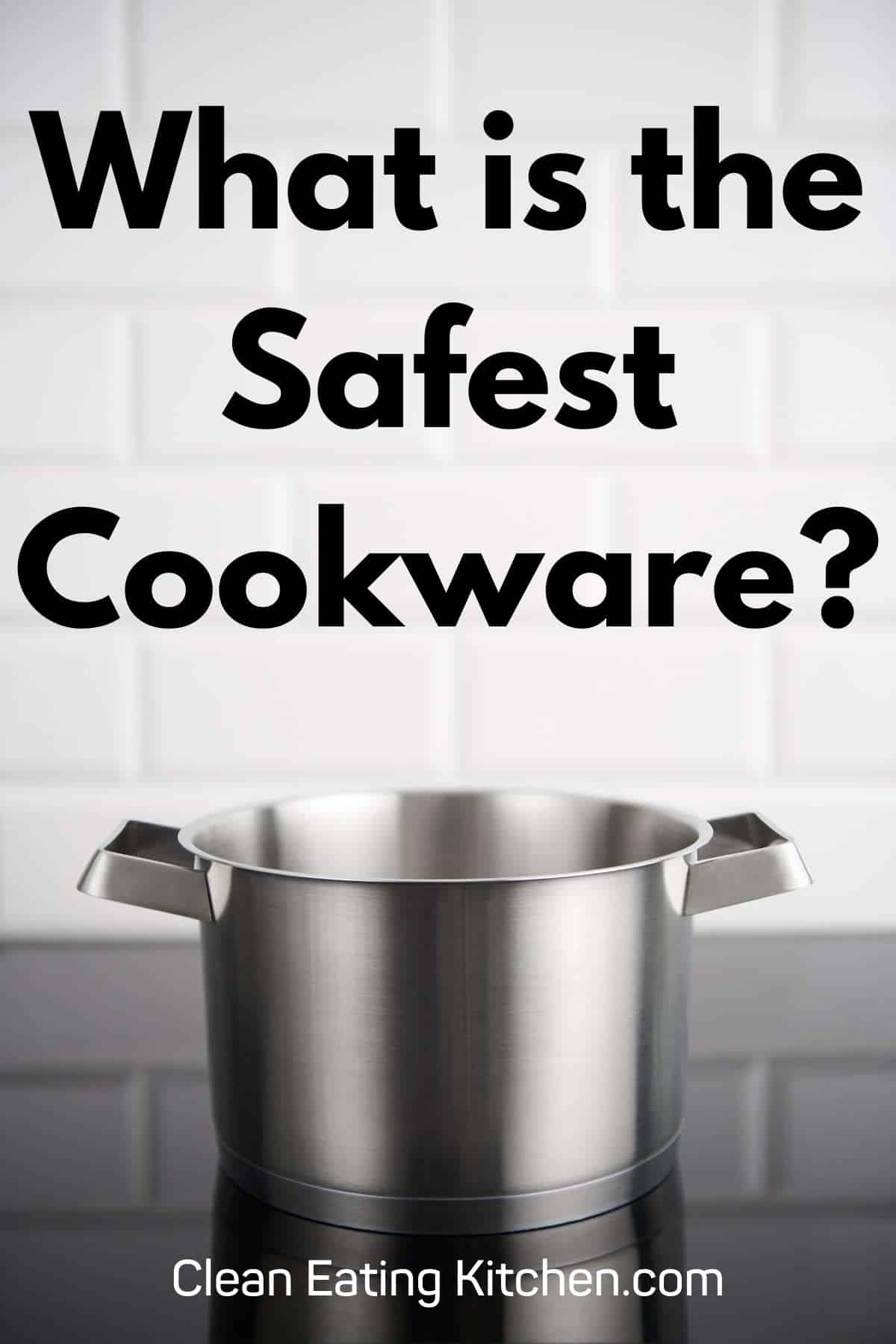
Health Benefits of Cooking at Home
Cooking at home is one of the best things you can do for your health.
Research shows that you will save money, have more control over the quality of your ingredients, and likely eat better when you are in charge of your own meals.
But, of course, to cook at home you need to have the right equipment.
A well-stocked kitchen will have a healthy pantry, the basics like an oven, stovetop, and refrigerator, and then a variety of accessories like knives, cutting boards, and other helpful appliances such as an air fryer or an electric pressure cooker.
And, of course, you need to have a set of quality cookware to make meals at home. That’s where this article comes in! I hope this guide is helpful in helping you make the best choice for your kitchen.
Safest Cookware Materials
1. Ceramic Cookware
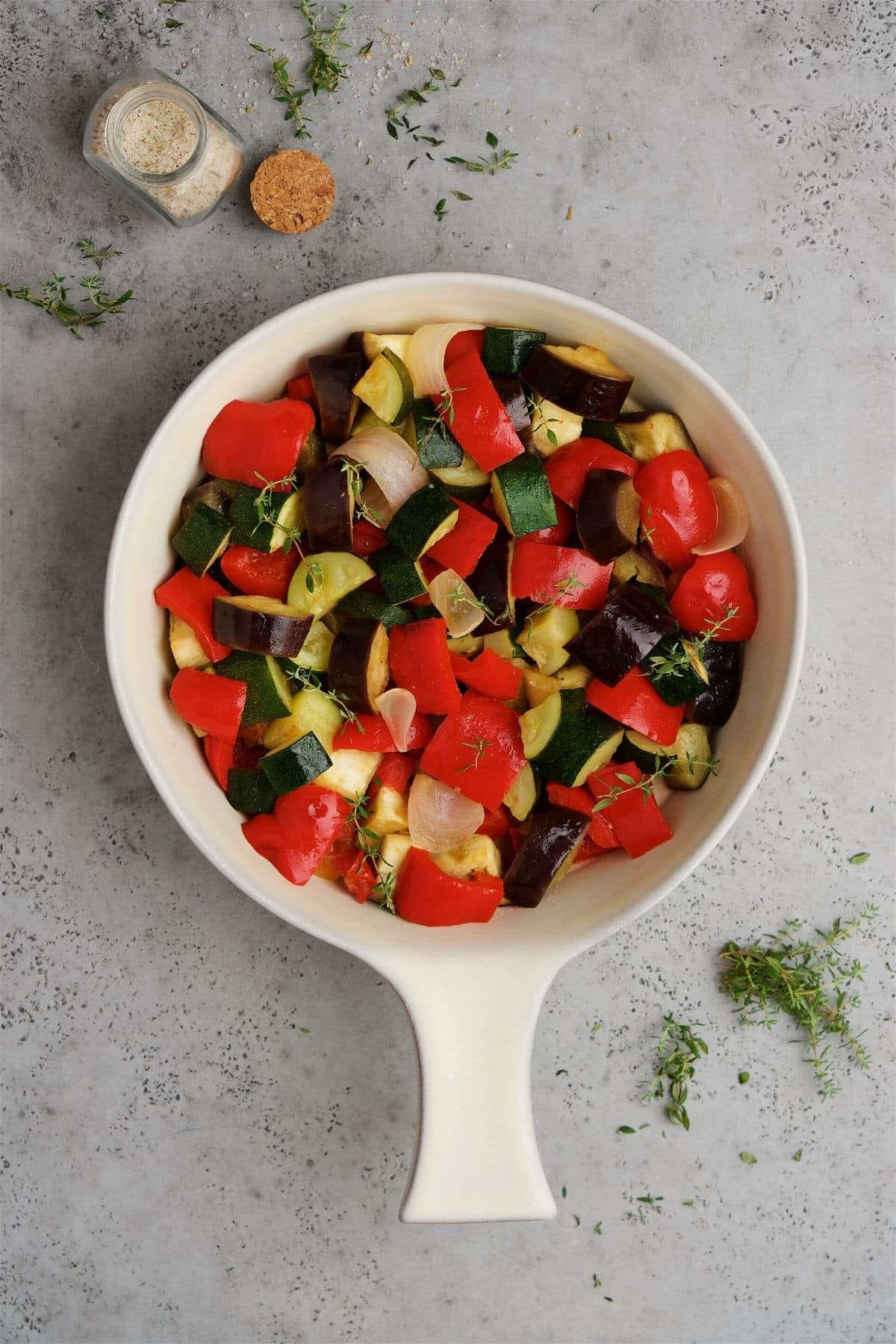
Ceramic cookware is clay cookware that’s kiln-baked to high heat, rendering the quartz sand surface effectively non-stick.
Pros of Ceramic
- 100% ceramic cookware and ceramic-coated cookware both have natural non-stick properties, and does not leach or emit potentially harmful toxic fumes.
- Ceramic cookware is made of durable, inorganic materials. It’s an eco-friendly choice that will last for decades if maintained properly.
Cons of Ceramic
- Ceramic cookware and ceramic pans may require some oil to keep food from sticking.
- Also, the labels “100% ceramic” and “non-stick ceramic” or “ceramic-coated” are not FDA regulated, so be sure you’re getting authentic 100% ceramic rather than ceramic-coated metal or nonstick ceramic pots and pans.
It’s very difficult to find 100% ceramic cookware, though, so you will probably have to make some compromises. A company like Greenpan uses a nonstick ceramic coating that is free from PFAS and PFOA.
Caraway is another competing ceramic-coated cookware brand that offers pots and pans in a variety of colors.
2. Stainless Steel Cookware
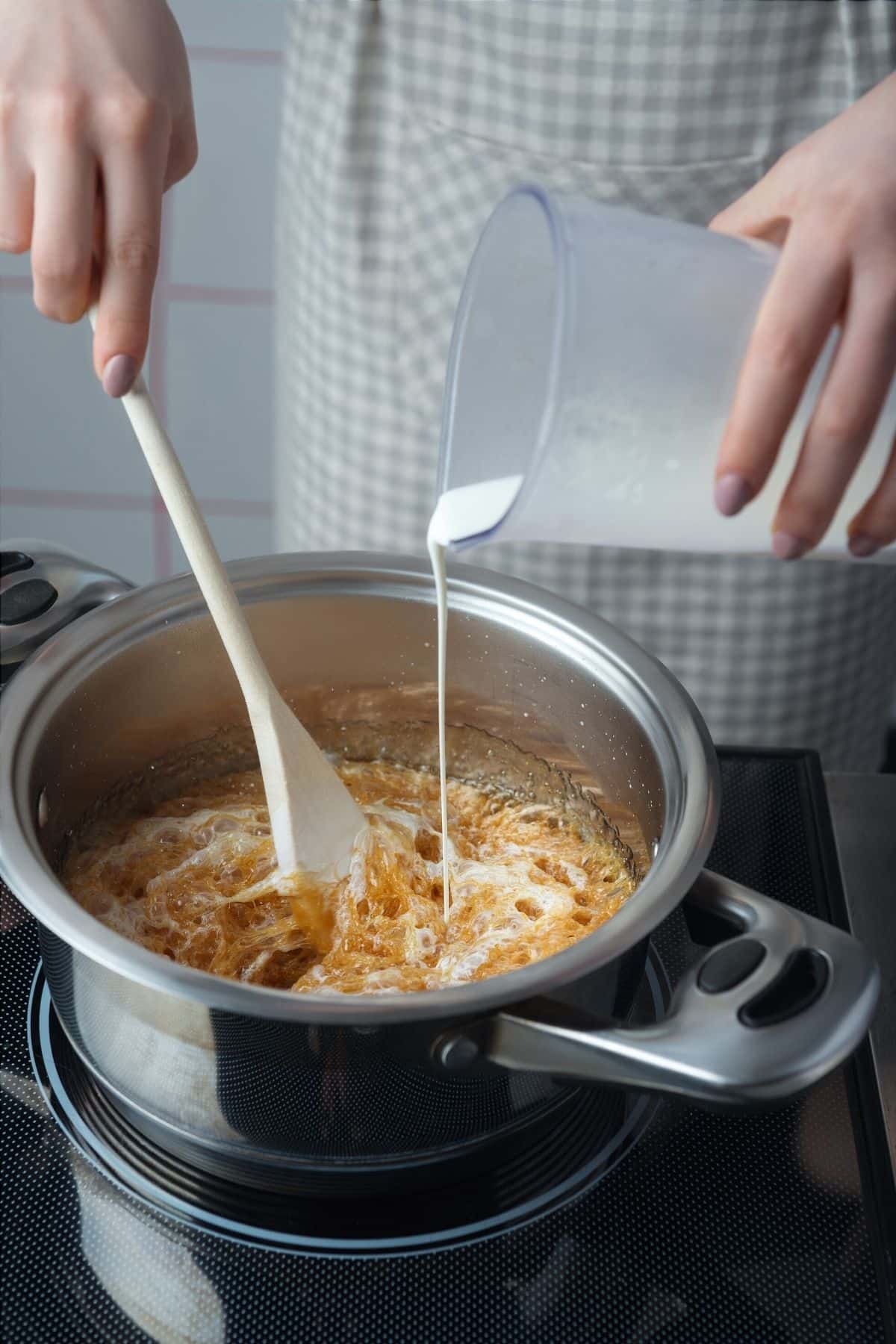
Stainless steel pans are popular and have been in kitchens for decades. This type of cookware is made from a metal alloy that also contains percentages of nickel and chromium or other metals.
It’s a great option when searching for non-toxic cookware materials.
Pros of Stainless Steel
- Most stainless steel pots and pans can go into the dishwasher. When properly cared for, they will last you for years!
- You’ll still need to use a little bit of oil, but high-quality stainless steel generally cleans easily.
Cons of Stainless Steel
- High-quality stainless steel cookware sets are an investment that can reach almost a thousand dollars for a set. If your budget doesn’t allow for that, the good news is that you can usually buy just one or two pieces such as a fry pan and a medium saucepan and that will be enough to get started.
- If you’ve never cooked with stainless steel before, it can be a bit of an adjustment, mostly because it does not have a nonstick surface. You’ll need to add more oil than if you’ve been using non-stick cookware.
- Additionally, when you’re cooking acidic foods in such as tomato sauce in stainless steel cookware, leaching can be a concern.
3. Cast Iron
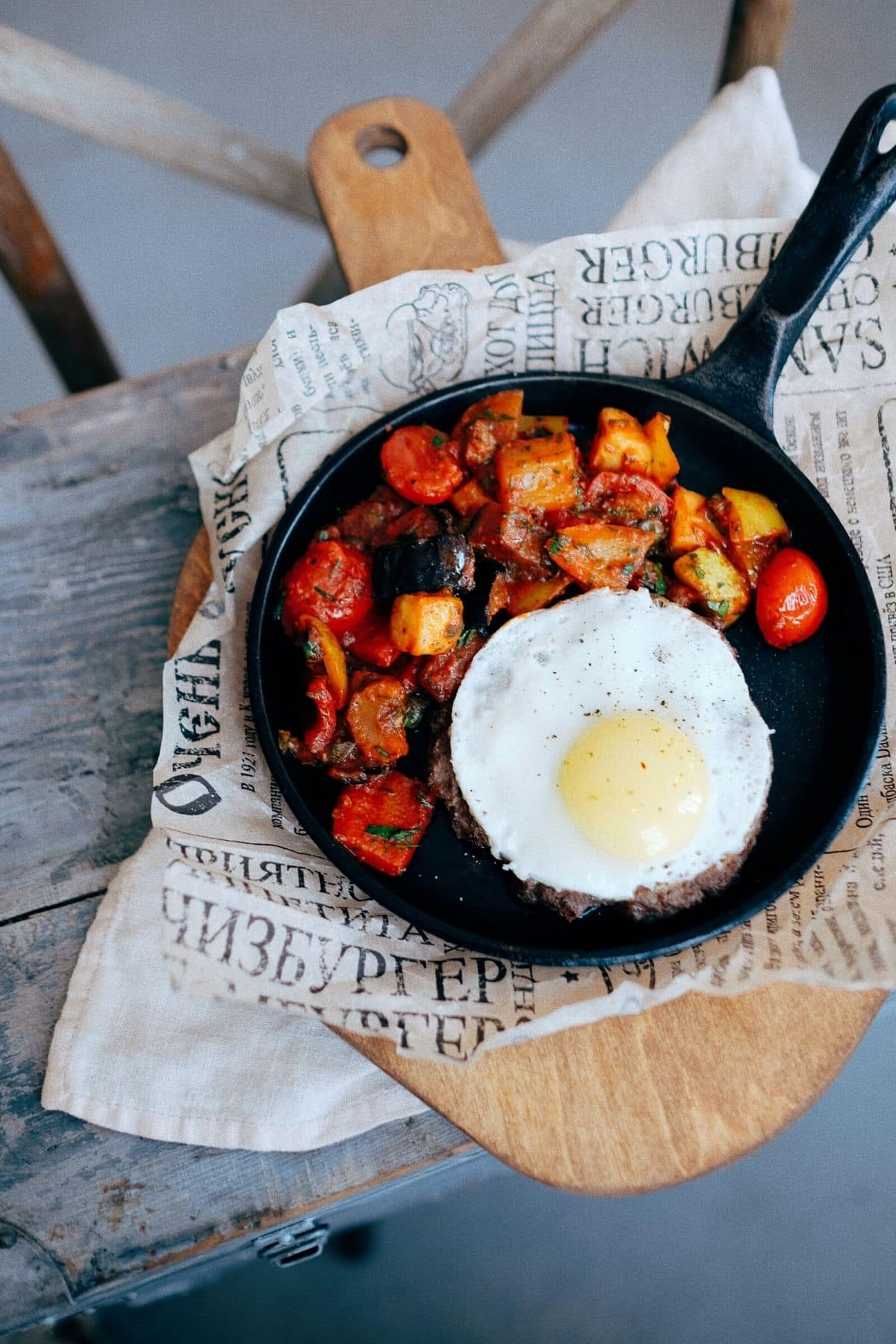
Cast iron cookware has been around for centuries. This cookware is cast as a single piece of metal and then seasoned (through a process of oiling and heating) to protect the bare cast iron and give it a low-stick coating.
In addition, some cast iron cookware is enameled, giving it a nearly non-stick finish and more aesthetically-pleasing appearance.
Pros of Cast Iron
- Cast iron is unique in its heating abilities. It’s a solid, heavy piece that requires pre-heating to best conduct heat, especially to incredibly high temperatures. Meat sears well and pan-fried food turns out crispy. If your cast iron pan is pre-heated properly, you can even take it off the stove or out of the oven and it will retain enough heat to cook or warm food.
- Additionally, properly seasoned and maintained cast iron cookware is virtually non-stick and easy to clean.
Cons of Cast Iron
- Cast iron cookware will require more of a time investment than other options. You’ll need to make sure it’s seasoned and stored properly, and follow proper cleaning procedures if the seasoning fails to make it nonstick enough.
- It’s generally advisable to avoid cooking acidic foods in cast iron so as to avoid harming the seasoning. In addition, you may want to avoid cooking delicate food like fish or crepes in cast iron.
- Lastly, while cast iron is a great choice if you wish to avoid chemically-treated cookware, it presents its own risk of leaching iron into food. This iron is not easily assimilated in the body and may contribute to iron overload for some individuals who can’t have that much iron. You can help avoid this by not cooking acidic foods in your cast iron skillets or cookware.
4. Copper
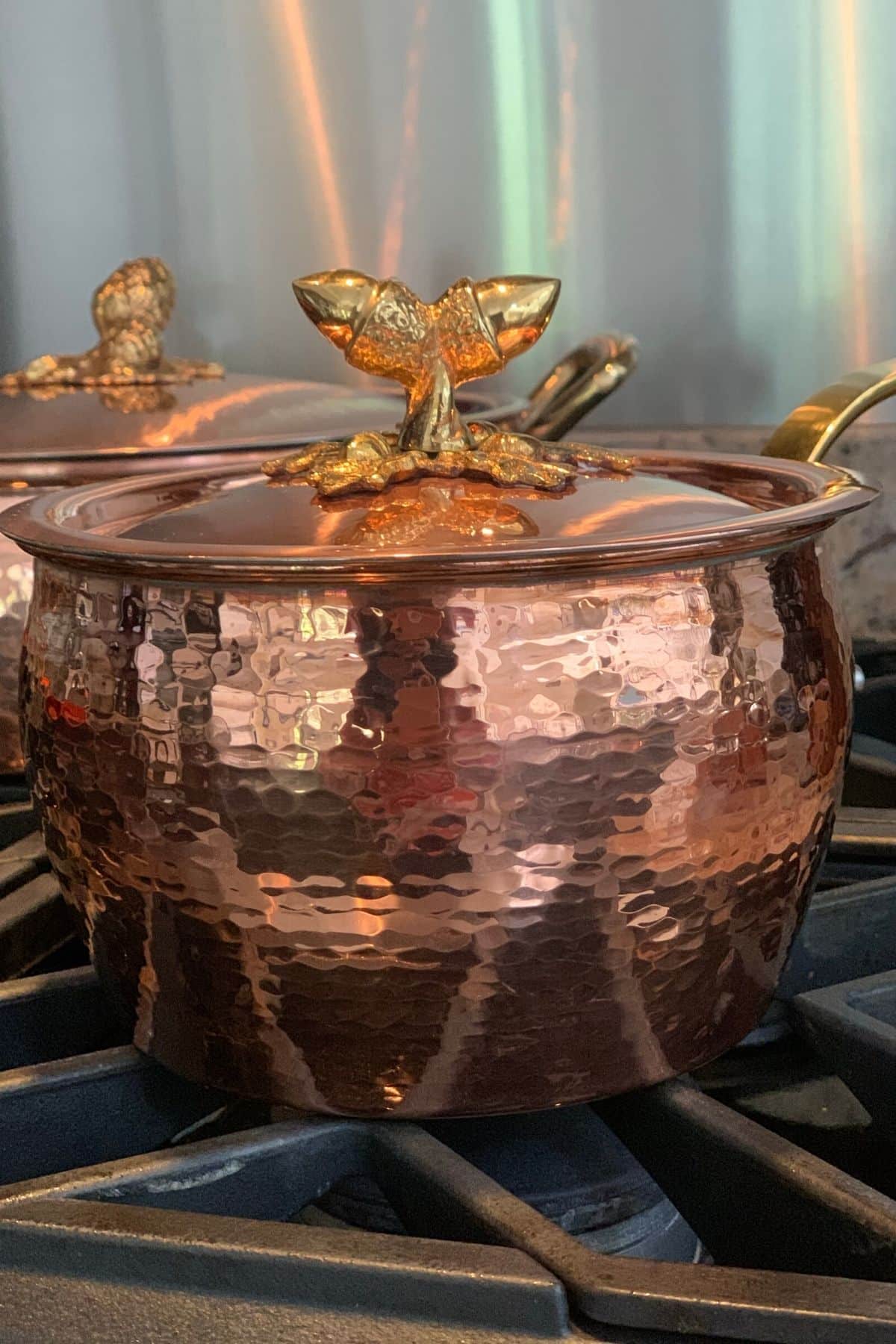
Copper cookware has been around as long as, or longer than, cast iron cookware. Made from copper, this cookware is often lined with tin. It’s a beautiful option for cookware that many professional chefs favor.
Pros of Copper
- It conducts heat quickly and also loses heat quickly, which is a reason many chefs prefer it. You can easily control the cooking temperature with copper.
- Most copper cookware is lined with tin, giving it a nearly non-stick surface. The tin lining won’t react with acidic foods, so it’s great to have on hand for sauces and tomato dishes!
Cons of Copper
- Copper cookware is a serious investment, with the cost of a copper set generally much higher than other types of cookware materials. The brand Mauviel is nice because it offers a copper and stainless steel blend so you get the benefits of copper without having to pay for 100% copper.
- Though some appreciate the easy temperature regulation, keep in mind that your copper cookware will rapidly cool down if taken off the heat.
- Lastly, if you are using pure copper cookware, you may need to avoid any health issues that can come from too much copper. Speak to your healthcare provider if you have concerns (most copper cookware is coated so that should not be much of a concern).
5. Hybrid Nonstick Cookware
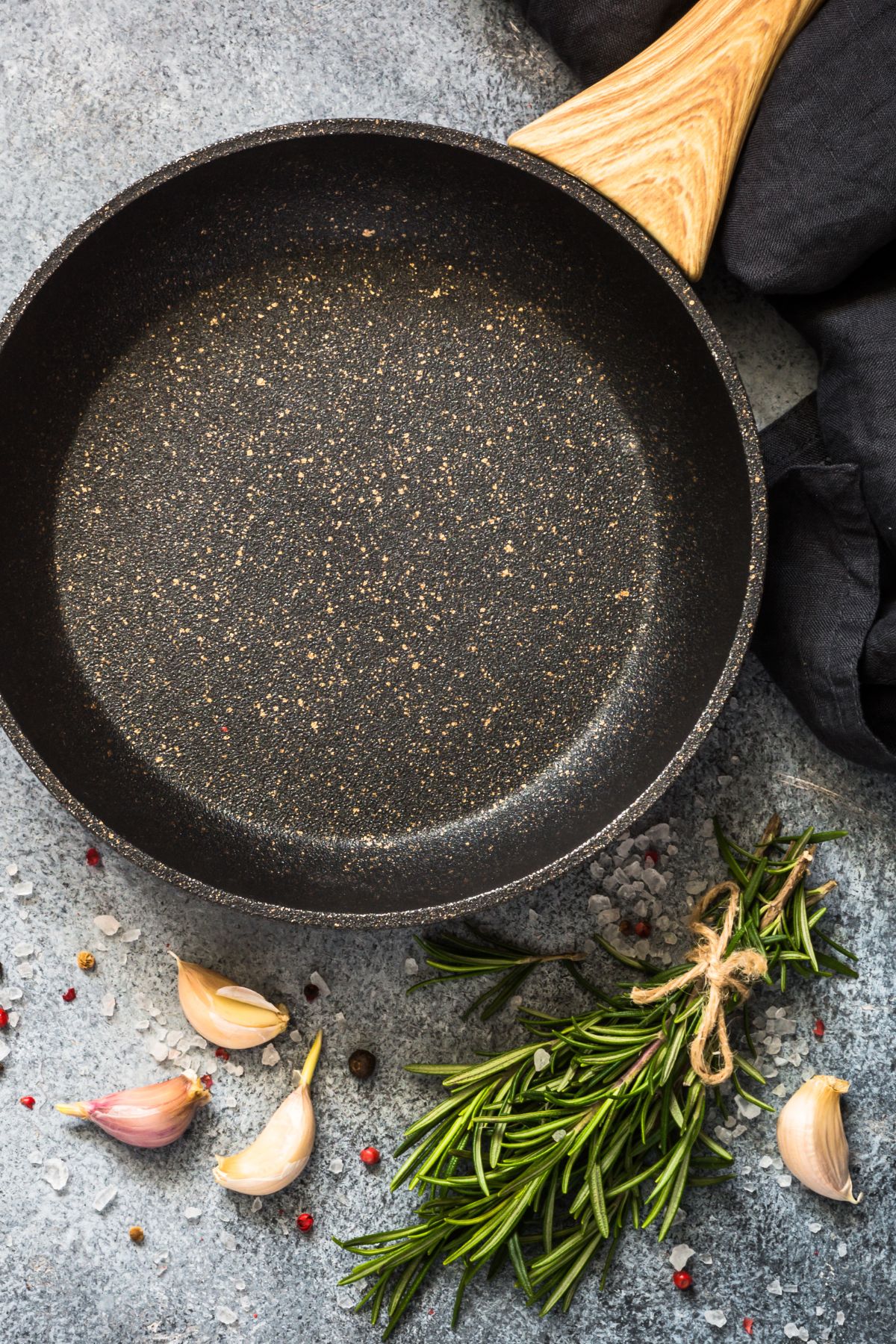
The newest kid on the block when it comes to cookware is known as “hybrid cookware”. This type of specialty cookware is often made with a blend of materials. For instance, Hex-Clad is a brand that is a good example of this technology.
Pros of Hybrid Cookware
- This type of cookware is very versatile, affordable, and easy to use. It’s not 100% nonstick, but it does offer nonstick properties with a stronger coating that is more durable and less likely to chip or degrade over time.
- Some brands also use durable coatings like granite on their non-stick coating surfaces. You’ll just have to read the label or contact the specific manufacturer to understand what hybrid materials are being used.
Cons of Hybrid Cookware
- Hybrid nonstick may not be totally free from chemicals, though. For example, the nonstick coating of the Hex-Clad brand’s pots and pans is PFOA-free (perfluorooctanoic acid) but does contain PTFE (polytetrafluoroethylene).
- According to WebMD, PTFE or Teflon-coated cookware is safe up to 570 degrees F.
Best Non-Toxic Cookware Brands
In addition to sharing the best materials for safe cookware, and I’ve offered my selection for the best brands for the healthiest cookware. Once you decide on the material that works best for you, then you’ll have to decide how much money you want to spend.
For a quality set of safe cookware with both pots and pans, you’ll expect to spend between $500 – $1,000. But, the idea is that most if not all of these options should last many, many years. Some brands even come with a lifetime guarantee!
Here’s my short list of the safest and healthiest cookware materials and brands:
| Budget-Friendly Ceramic-Coated Cookware | Greenpan or Caraway |
| High Quality Stainless Steel Cookware | 360 Stainless Steel Pots and Pans |
| Affordable Cast Iron | Lodge Cast Iron Cookware Set |
| Beautiful Copper Cookware | Mauviel 5-Piece Copper Set |
| Innovative Hybrid Cookware | Hex-Clad Pan Set |
Cookware Materials to Avoid
There is a lot of information being put out there about the dangers of certain types of cookware. If you read the headlines you might get concerned about toxic chemicals in certain types of pots and pans.
However, most modern cookware brands, including nonstick cookware brands, are safe and non-toxic as long as they are used properly and are not damaged.
That said, the types of potentially toxic cookware to avoid include:
- Damaged or scratched nonstick pots and pans,
- Vintage nonstick cookware (or even cookware made prior to 2013) made with perfluorooctanoic acid (PFOA) due to health concerns,
- Cookware surfaces used improperly, such as cooking acidic foods in aluminum cookware or people with iron overload cooking with iron pots and pans.
That said, it is important that you do your own research to determine which type of cooking surface is best for your needs and your budget.
FAQs
There is not one type of cookware that is the safest over all the others. But, if you are looking for the least toxic cookware material, you should probably stick with 100% ceramic or stainless steel options. Always be sure to read the manufacturer guidelines and stay within the recommended temperature maximums when cooking.
Most modern nonstick pans are made coatings that can release harmful chemicals if they are over heated or scratched with metal utensils. If you choose to use pans with non-stick coatings, then always be sure to use the non-stick pans according to the manufacturer’s guidelines. This includes not heating them to higher temperatures than what they are tested for. You may also want to hand wash your teflon cookware to make sure it doesn’t get scratched or overheated in the dishwasher.
There are several types of cookware that are both safe and long-lasting. Some types of cookware can last a lifetime or even be handed down to the next generation. Ceramic cookware, cast iron cookware, copper cookware, and stainless steel cookware are long-lasting and are less likely to end up in a landfill as opposed to aluminum or nonstick cookware.
Looking for more holistic health favorites? Visit my Amazon storefront for my favorite supplements, snacks, appliances, books, and more!
Conclusions
There are so many choices available for cookware now. Whether you choose a matching set or a hodgepodge of different types, consider what you cook most often and choose your cookware based on that.
Ultimately, my recommendation is to choose which works best for your budget, but know the pros and cons of each option and then decide what works best for you. This post has the most up-to-date information for the current year, and I will update it with any changes or new research that comes out in the future.
Don’t Miss These Healthy Cooking Resources!
Don’t forget to join my newsletter list to get exclusive clean eating recipes and tips. The newsletter is 100% free with no spam; unsubscribe anytime.
About the Author: Carrie Forrest has a master’s degree in public health with a specialty in nutrition. She is a top wellness and food blogger with nearly 10 million annual visitors to her site. Carrie has an incredible story of recovery from chronic illness and is passionate about helping other women transform their health. Send Carrie a message through her contact form.
Note: this post is for informational purposes only and is not intended as medical advice. Please consult your healthcare provider for recommendations related to your individual situation.


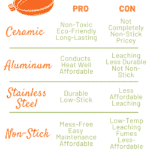
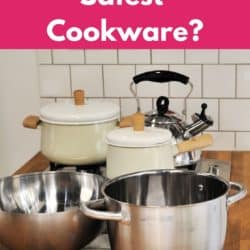


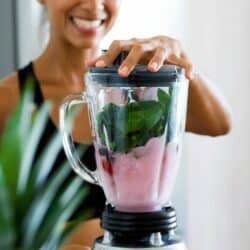



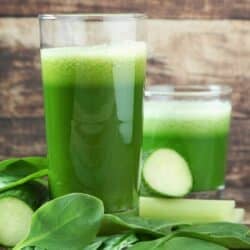


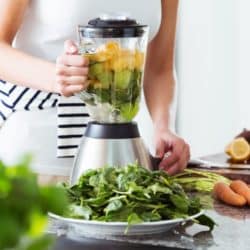


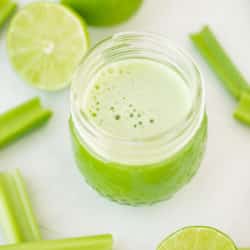
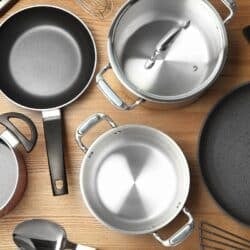
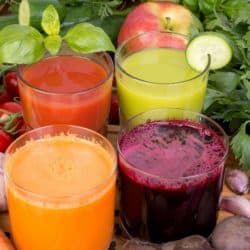
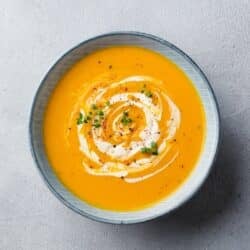


What are your credentials that make you the authority to provide advice on food safety? The title of the article talks about safety and then gives what looks like a summary of information available on the internet on the various characteristics of cookware.
At the very least, state your actual qualifications and reference your sources.
Sure, well it is all over my site that I have a master’s degree in public health. And, all the references are directly linked in the article from government sources.
{comment has been edited by the editor. See the comment policy for more information}
I agree, aluminum is a problem when cooking with it. The body has no use for even tiny amounts, it is linked to alzheimer’s, and it reacts readily. Other metals like copper and iron are required by our bodies, though in small amounts. This is why I wonder why bare aluminum cookware is the second safest on your list; non-glazed earthen ware (i.e. made from clay) belongs there, and there is not one mention of it. Check out Vitaclay cookers, they are not ceramic and are more non-stick than ceramic. I became a fan when I researched rice cookers that do not use aluminum or non-stick coatings.
Thanks for your suggestions. I’ve added the clay option at the end of the article. If you can show me scientific evidence that anodized aluminum is unsafe, I will consider removing it from the article.
You said “ceramic nonstick, which falls under the non-stick category” so I set out to find ceramic pots and pans WITHOUT the non-stick designation, and have not found any. They are all non-stick. You said ceramic is naturally non-stick, so how to tell which non-stick designations are the natural non-stick and which are the unhealthy coated non-stick (unhealthy at high heats). Do you have any guidance in finding true naturally ceramic? Would any of the following be considered true safe pure ceramic? Thank you.
1)Ceramic PTFE PFOA & Cadmium Free Nonstick Cookware Set
2)Granite 10 Piece ALL in One Cookware Set with Non-stick Ceramic Coating
3)Premium Nonstick Interior with Ceramic Coating
4)Durable and non-toxic die-cast aluminum body with a nonstick ceramic coated surface
5)Nonstick Cookware Set –w/ Red Granite Derived Coating
I am interested in a response to this as well. After reading the article above, I am leaning towards ceramic.
You’re right, it’s pretty hard to find 100% ceramic options. So, you’ll have to just use your personal preference and budget to figure out which option works for you. All the options you mentioned are going to have pluses and minuses, so it really does come down to personal choice. I think these are probably all good options.
Thanks for your info. I would disagree on one point; there is absolutely evidence that ingesting PFOA causes a variety of cancers and other illnesses. Look into the Dupont case in Parkersburg, West Virginia.
Why take a chance with any modern material that the manufacturer claims is healthy? It has been decades since PFOA was introduced for cookware. At the time it was proclaimed perfectly safe. Now enough people have used it that studies can prove it harmful. Many bad things, absorbed by the body in minute amounts over a period of time cause health problems. I am sticking with time-proven technology such as cast iron and stoneware. Beware that not all of those are created equal, with some being cheaply and healthfully manufactured.
Having become very health conscious recently we are switching to glass* for oven baking, and ceramic for cooking on the stove, as these seem to be the only options that will not leach under any circumstances. Is there any option, which will not leach at all, for oven broiling for steak or chicken, directly under the oven’s electric heating coils. Glass or ceramic would not likely withstand 550 degrees coils inches above it. Which option is the least likely to leach when broiling and can withstand broiling?
*Having researched glass in detail, I learned that glass products from the Czech Republic (available on Amazon) can withstand temperatures to 572 degrees, and are the sturdiest, and the Czech Republic has been a major glass manufacture since the 13th century and produces some of the best quality glass produces in the world.
Have you considered unglazed earthenware / stoneware such as a pizza stone?
Unglazed earthenware cookware looks interesting, it’s a new option to explore, but I don’t think the pizza stone is suitable for broiling a chicken or steak as it’s flat and would not keep the fat and juice from dripping off to the bottom of the oven and creating a lot of smoke.
It’s my understanding this list is ordered strictly based on safety but to me, based on what is written, it would appear copper would be the safest because it’s listed as “non-reactive” under “Pros” and there are no health or safety related items listed under “Cons”…?
The six options are listed in no particular order. Copper is a great option, but it is incredibly expensive and not an option for most people. Each of the six options is really a fine choice.
I have Farberware Stainless Steel pans that are 50 yrs old and have been put to good use. My 2 qt sauce pan has a gray mottled look inside that recently appeared. I’m not sure it is safe to use or what caused it. Should I toss it out?
Have you tried scrubbing it with a mild abrasive? Also, I would suggest reaching out to Farberware, sending them a picture, and seeing what they say.
What about “Anodized” non-stick? I believe it contains aluminum, but is the anodized they now sell harmful. Thank you, Carrie
Hi Steven, I am okay with using anodized nonstick as long as there are no scratches or the sticking isn’t coming off. I find non-stick so easy to cook with, so I use if often personally.
Never cook or store acidic or high salt foods in copper. To say it’s not reactive is misleading. Ditto for uncoated aluminum. Glass pots are available for slow cooking soups and sauces, cast iron skillets for searing and frying.
What about granite pans?
I am not familiar with them, what are they?
Good stuff! “Modern Graniteware is made of thin carbon steel covered with a layer of porcelain enamel. The glass coating is inert and free of harmful chemicals. It will not interact with any type of food or change the taste or color of your meals.”